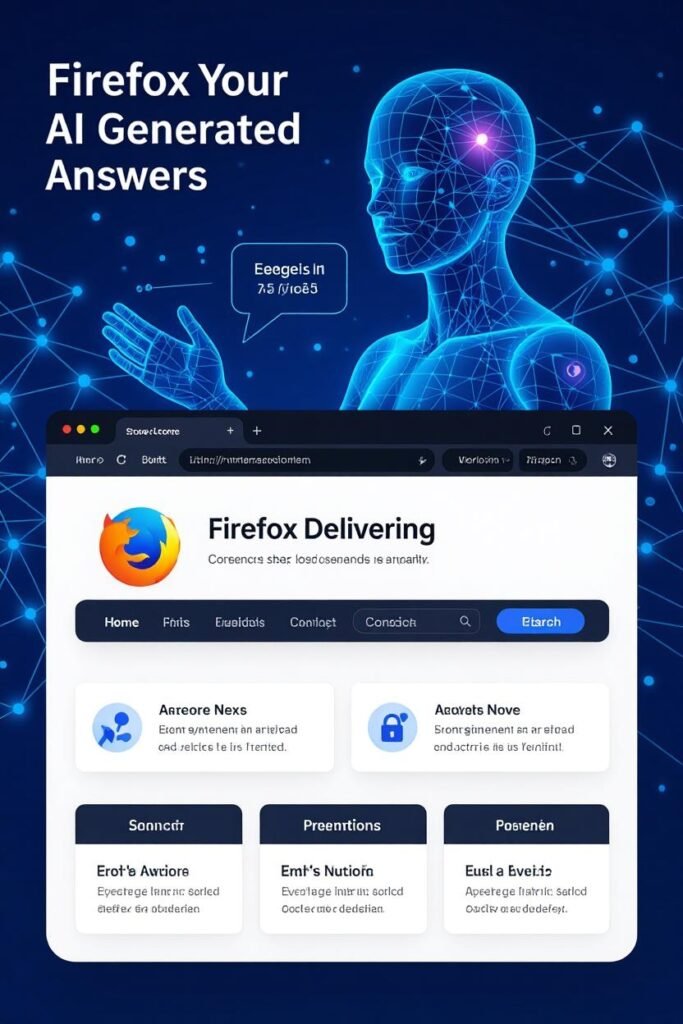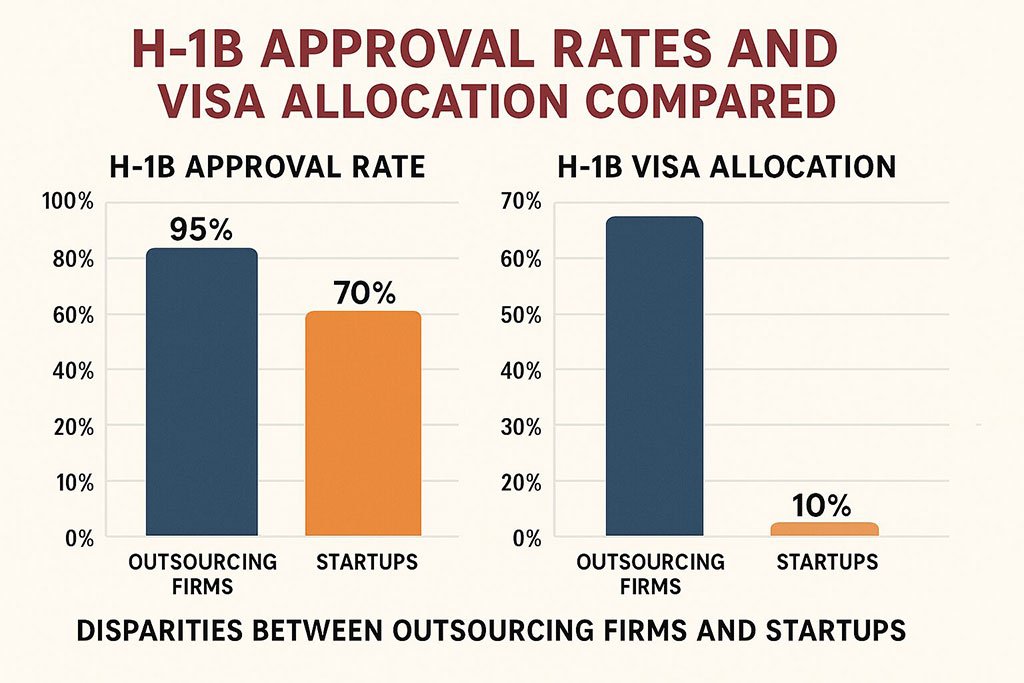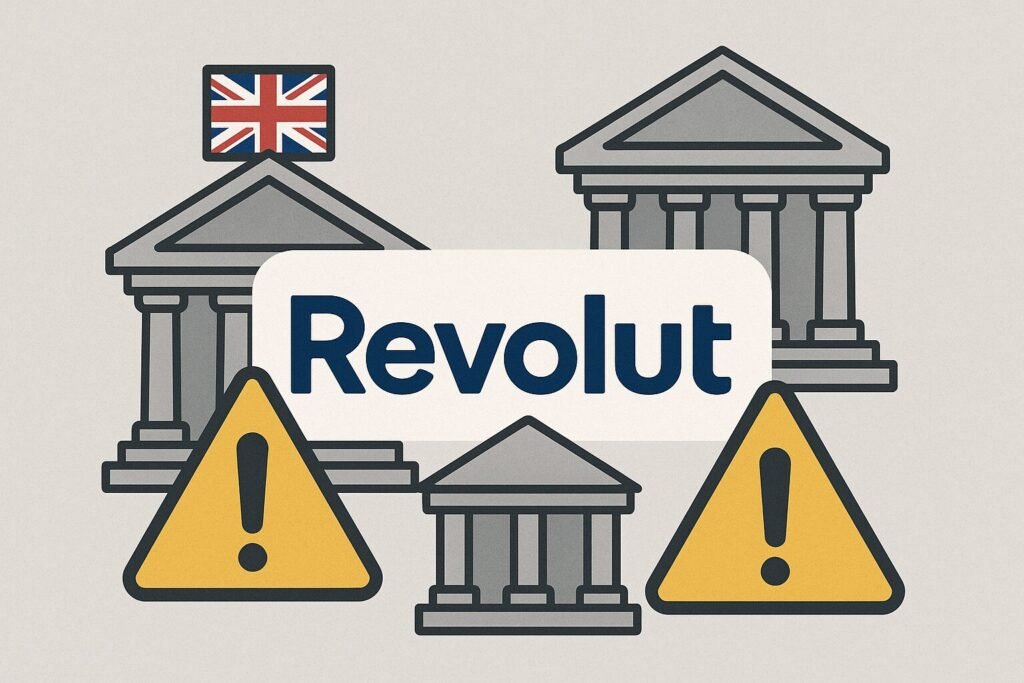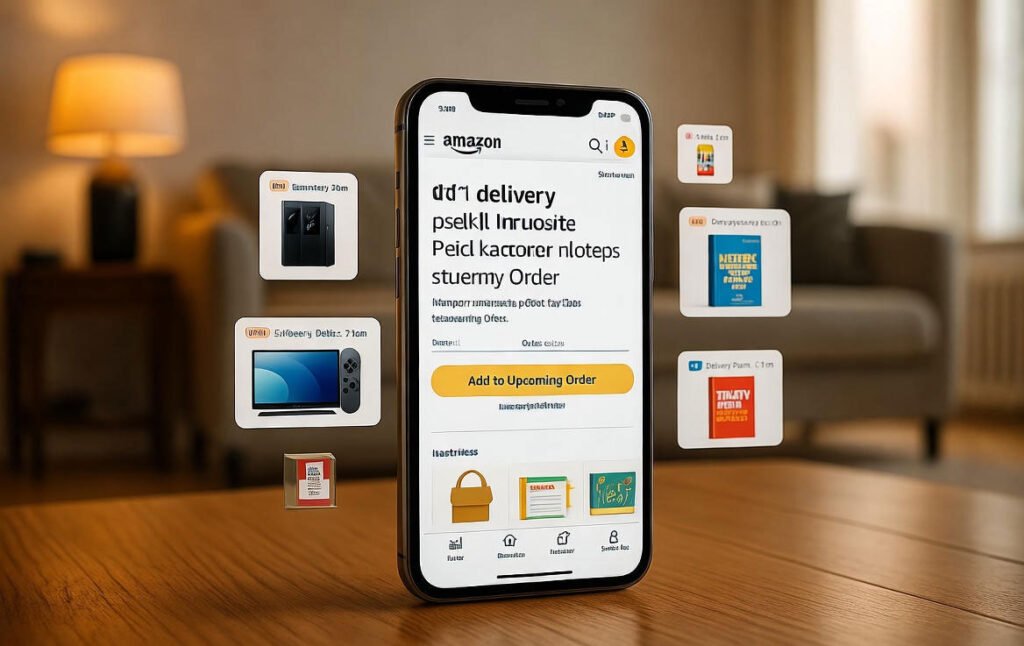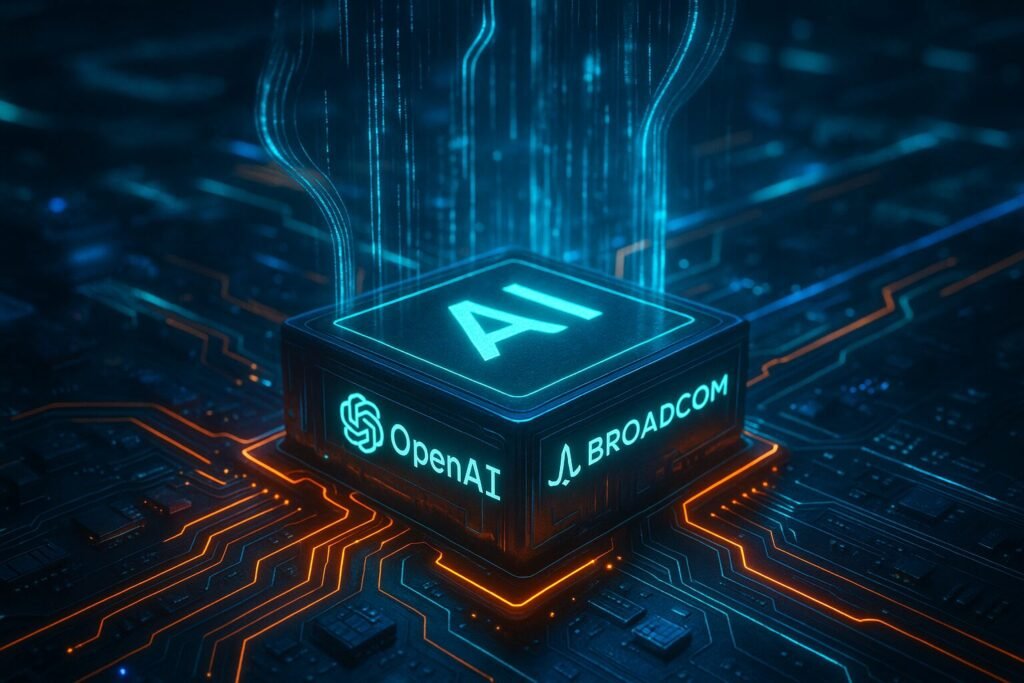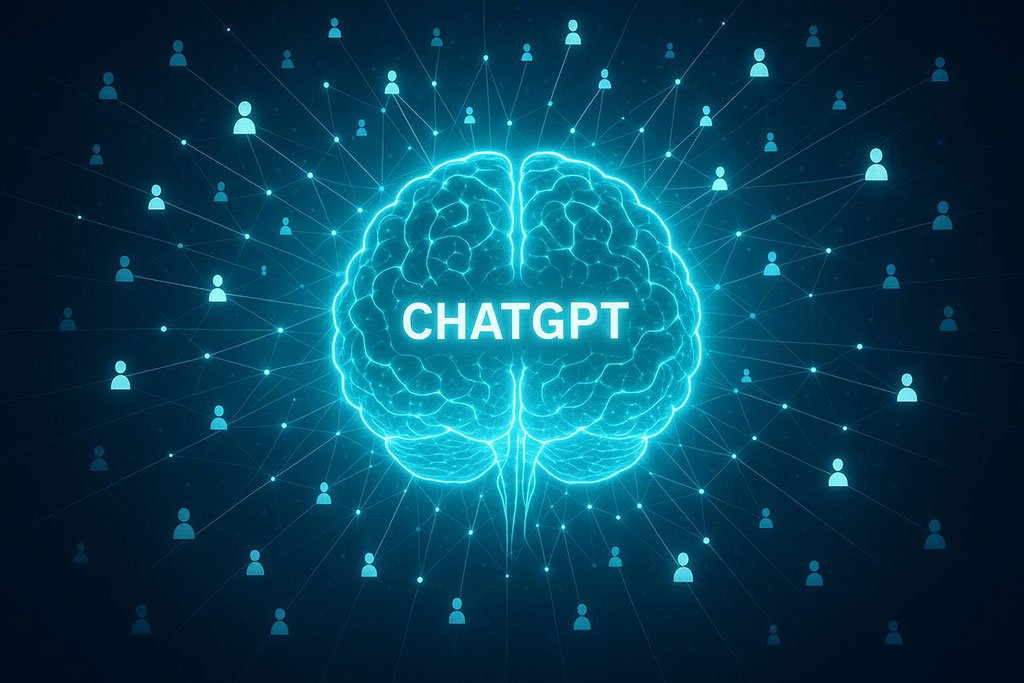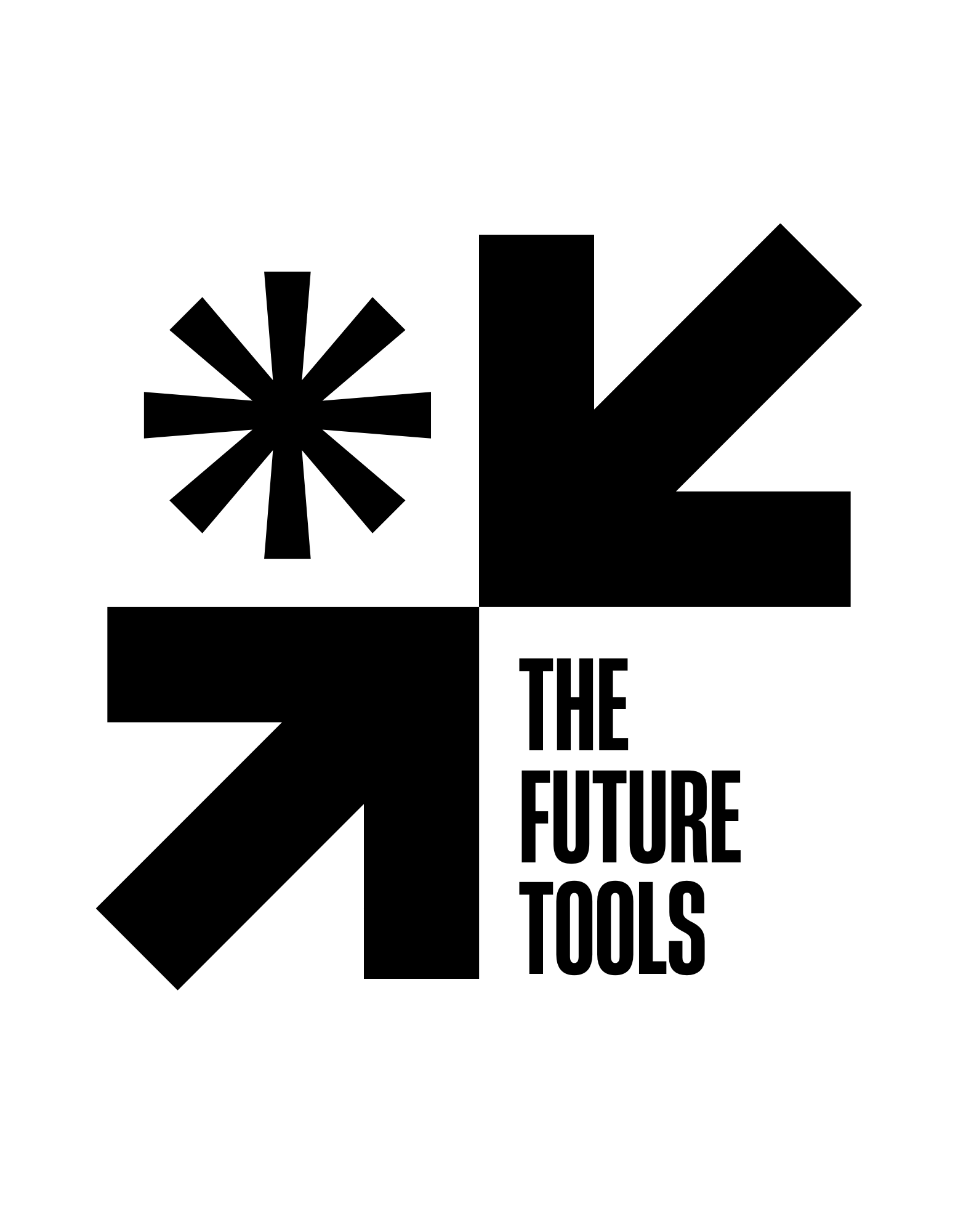Now Reading: Meta LLaMA: Your Complete Guide to the Open Generative AI Model
-
01
Meta LLaMA: Your Complete Guide to the Open Generative AI Model
Meta LLaMA: Your Complete Guide to the Open Generative AI Model
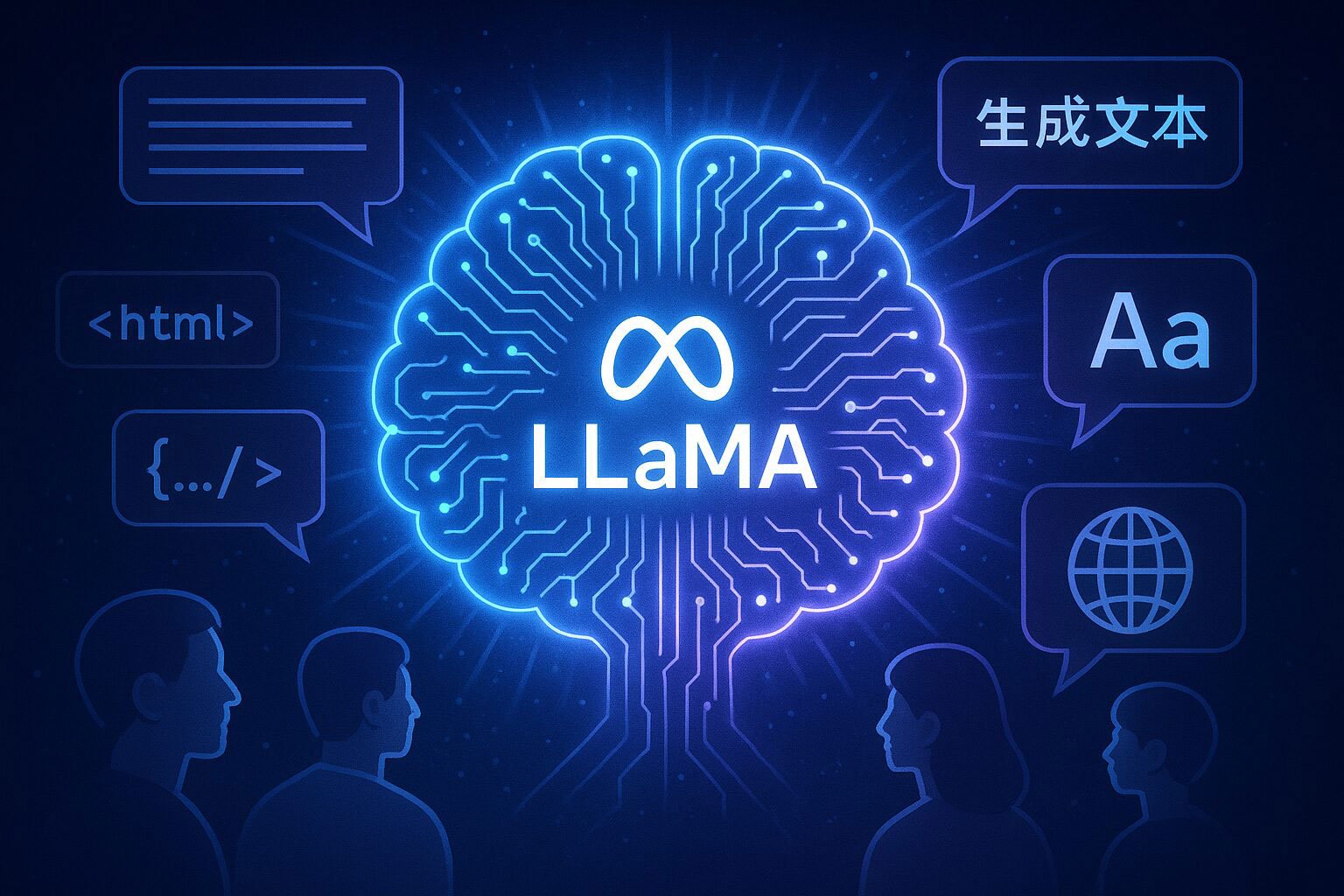
Artificial intelligence is no longer confined to the labs of elite tech corporations — it’s increasingly democratized, with open-source models enabling global innovation. One of the most significant contributions to this trend is Meta’s LLaMA (Large Language Model Meta AI), an open generative AI model designed to provide researchers, developers, and businesses with unprecedented access to cutting-edge AI capabilities.
Meta LLaMA is more than just a machine learning model; it represents a philosophical shift in AI development. By making the model open, Meta is inviting the global community to experiment, fine-tune, and innovate — transforming AI from a proprietary tool into a collaborative research platform.
In this article, we’ll explore how LLaMA works, its applications, its advantages and limitations, and its potential impact on industries worldwide. Our aim is to provide both AI enthusiasts and professionals with actionable insights while emphasizing the broader societal and ethical implications of open generative AI.
What is Meta LLaMA?
Overview of the Model
Meta LLaMA is a large-scale language model based on transformer neural network architectures, designed for text generation, summarization, translation, and more. Unlike proprietary models such as OpenAI’s GPT series, LLaMA is open-source, allowing anyone with technical expertise to access, experiment with, and customize the model.
By removing barriers to access, Meta LLaMA encourages research transparency and collaborative innovation, two critical factors in ensuring AI evolves responsibly. For example, universities and research labs can now conduct experiments on sophisticated AI models without needing the massive computational resources or licensing agreements that proprietary AI systems require.
Key Features of Meta LLaMA
-
Open Access: Anyone can download, fine-tune, and deploy the model.
-
Efficiency: Smaller model variants achieve high performance without massive GPU clusters, making AI research more cost-effective.
-
Multilingual Support: LLaMA is trained on diverse datasets, enabling natural language understanding and generation across multiple languages.
-
Customizable Outputs: Researchers can adjust parameters and fine-tune the model for domain-specific tasks, from code generation to scientific literature summarization.
Editorial Insight: Open-source models like LLaMA reflect a growing trend in AI ethics — promoting accessibility while mitigating the monopoly over high-performance AI.
How Meta LLaMA Works
Architecture and Training
Meta LLaMA is built on transformer architecture, the backbone of modern generative AI. Transformers excel at processing sequential data, such as text, allowing the model to understand context, semantics, and relationships between words in a sentence or document.
The training dataset is vast and diverse, covering multiple languages, domains, and contexts. This exposure allows LLaMA to generate coherent, contextually appropriate, and human-like text, making it valuable for a wide range of applications — from automated reporting to creative writing.
Fine-Tuning and Adaptability
One of LLaMA’s most valuable features is fine-tuning. Organizations can adapt the base model to specialized tasks:
-
Healthcare: Automate the generation of patient summaries or draft clinical notes.
-
Education: Develop AI tutors or generate multilingual study materials.
-
Business: Generate automated reports, summarize internal documents, or assist in coding tasks.
-
Research: Summarize scientific papers or extract key insights from large datasets.
A European research team fine-tuned LLaMA to summarize thousands of academic papers on climate science. This reduced literature review time by 40%, demonstrating tangible efficiency gains for knowledge workers.
Applications of Meta LLaMA
Industry Use Cases
Meta LLaMA’s versatility enables applications across industries:
-
Healthcare: Natural language generation aids clinicians in summarizing patient interactions, research, and medical literature.
-
Education: AI-powered tutors provide personalized learning experiences, adapting explanations to students’ comprehension levels.
-
Business and Enterprise: Organizations can automate content creation, customer service responses, and internal reporting.
-
Research and Development: LLaMA facilitates code generation, data summarization, and multilingual translation, accelerating innovation cycles.
Global Implications
By being open-source, LLaMA levels the playing field for AI adoption worldwide. Startups in emerging economies, small research institutions, and universities can now leverage the same AI capabilities previously reserved for tech giants. This democratization could accelerate global innovation while promoting diversity in AI research and application.
Open models encourage collaboration but also raise ethical considerations. Misuse for misinformation, plagiarism, or malicious automation remains a risk that must be addressed collectively by the AI community.
Pros and Cons of Meta LLaMA
Pros:
-
Encourages global research participation.
-
Resource-efficient compared to larger proprietary models.
-
Multilingual and adaptable, ideal for cross-border applications.
-
Fine-tunable for industry-specific tasks, increasing ROI for businesses and researchers.
Cons:
-
Requires technical expertise to deploy and fine-tune effectively.
-
Potential for misuse, from disinformation campaigns to phishing automation.
-
Lacks the commercial polish and safeguards of proprietary models like GPT-4, requiring careful monitoring in deployment.
Editorial Perspective: The pros highlight democratization and efficiency, while the cons underscore responsibility and ethical AI deployment — a balance central to the future of open generative models.
Comparing Meta LLaMA with Other AI Models
While proprietary models like GPT-4 or Claude AI dominate commercial applications, LLaMA occupies a unique niche:
-
GPT-4: Proprietary, highly capable, but closed-source and expensive.
-
Claude AI: Safety-oriented and reliable but limited customization.
-
Meta LLaMA: Open, flexible, research-friendly, and globally accessible.
Insight: LLaMA is the go-to model for experimentation and domain-specific fine-tuning, bridging the gap between high-performance AI and open, collaborative research.
How to Get Started with Meta LLaMA
Access and Installation
Meta LLaMA is available on GitHub, along with detailed installation guides for local deployment or cloud usage. Beginners are advised to start with smaller models before scaling to larger, resource-intensive variants.
Practical Tips
-
Fine-Tune Carefully: Ensure the training dataset aligns with your application.
-
Monitor Outputs: Check for bias, inaccuracies, or harmful content.
-
Leverage Cloud or GPU Resources: Optimize computation for efficiency and cost.
-
Collaborate Globally: Join open-source AI communities for support and best practices.
Future of Meta LLaMA and Open Generative AI
-
Industry Expansion: Wider adoption in healthcare, finance, education, and enterprise applications.
-
Collaboration: Encourages open-source and proprietary AI communities to innovate together.
-
Ethical AI Development: Democratizing AI fosters transparency, accountability, and ethical deployment.
-
Global Innovation: Open models like LLaMA empower startups, universities, and small businesses worldwide to contribute to AI research and solutions.
Editorial Reflection: LLaMA symbolizes a movement toward responsible AI democratization, balancing innovation, accessibility, and ethical oversight. Its success depends on community collaboration and global adherence to AI best practices.
Meta LLaMA is not just another AI model — it represents a paradigm shift toward accessible, open, and collaborative generative AI. By understanding its architecture, applications, and ethical considerations, researchers, developers, and businesses can harness its potential responsibly.
Open AI models like LLaMA are shaping the next generation of AI tools, offering global communities the ability to innovate, collaborate, and solve problems faster and more inclusively than ever before.
FAQs
-
What is Meta LLaMA?
An open-source generative AI model by Meta for text, code, and multilingual content generation. -
Is Meta LLaMA free to use?
Yes, it is open-source, though computational costs apply. -
What can LLaMA do?
Text generation, summarization, code assistance, translation, and more. -
How is it different from GPT-4?
LLaMA is open, customizable, and research-focused; GPT-4 is proprietary. -
Who can use Meta LLaMA?
Developers, researchers, enterprises, educational institutions, and startups. -
Does it support multiple languages?
Yes, LLaMA is multilingual. -
What are its main advantages?
Open access, efficiency, fine-tunability, and global applicability. -
What are the risks?
Potential misuse, bias, and complexity in deployment. -
Where can I access it?
Meta’s official GitHub repository. -
Is it suitable for commercial use?
Yes, with compliance to licensing and ethical guidelines.
Disclaimer:
All logos, trademarks, and brand names referenced herein remain the property of their respective owners. Content is provided for editorial and informational purposes only. Any AI-generated images or visualizations are illustrative and do not represent official assets or associated brands. Readers should verify details with official sources before making business or investment decisions.




